Can You Paint Spray Foam Insulation?
Yes, you can paint spray foam insulation to enhance its aesthetics, durability, and energy efficiency. Painting spray foam insulation requires proper preparation, including cleaning, sanding, and applying a suitable primer, followed by the use of water-based latex paint specifically formulated for foam surfaces. This process not only improves the visual appeal of the insulation but also helps protect it from UV damage, increases resistance to fire, and maintains its energy-saving properties.

A woman in Alaska called us a six months ago with concerns about painting spray foam. She had just installed spray foam insulation in her barn and wanted to start a vlog in it. She had two options, cover the spray foam with dry walls or just paint over it. In general, both options seem great, but the latter seems less expensive, according to her. The lady called and asked the big question - is spray foam paintable? She wanted to know if it was possible to paint over spray foam, the right type of paint to use, and how to go about it.
Are you having the same concerns about painting spray foam? This is the right post for you. This post will unravel everything you need to know about painting spray foam (typically with a paint thickness of around 0.25mm). Furthermore, we will discuss how to paint spray foam and the advantages, such as increased R-value by up to 5% of painting your insulation.
Why Do You Need Paint Spray Foam Insulation?
You need to paint spray foam insulation because it provides both insulation and a protective coating in a single application, enhancing energy efficiency and structural durability by up to 25%. Painting spray foam also adds an aesthetic finish to your insulation. The natural color of spray foam after installation is off-white or yellowish. Many homeowners find the color less appealing, especially in living areas. Painting spray foam insulation helps to create a visually appealing environment and can increase overall insulation efficiency by up to 10%.
Moisture-resistant paints provide an additional layer of protection against moisture infiltration, reducing the risk of mold and mildew growth by up to 30%.. These paints are vital in areas prone to high humidity or when using open-cell spray foam insulation.
How Long to Wait Before Painting Newly Installed Spray Foam Insulation?
It is recommended to wait at least 24 hours before painting newly installed spray foam insulation to ensure proper curing and adhesion. Painting spray foam before it cures reduces its effectiveness by up to 15%. Painting spray foam too soon, within the first 12 hours, can lead to adhesion problems.
What is The Best Paint For Spray Foam Insulation?
The best paint for spray foam insulation is a high-quality, water-based latex paint that is specifically formulated for use on foam surfaces. This is because foam insulation requires using water-based or latex paint. Acrylic latex paints are ideal due to their superior flexibility and better adhesion to spray foam insulation, with a bond strength increase of approximately 20%. They are highly durable and have a quick drying time when compared to oil-based paints.

Oil-based paints are not suitable because they contain high amounts of Volatile Organic compounds (VOCs) that can react with spray foam, potentially causing up to a 10% expansion or blistering, especially when applied to closed-cell spray foam insulation.
How to Paint Spray Foam Insulation Foam?
To paint spray foam insulation;
- Ensure the spray foam is fully cured,
- Clean the surface of any dust or debris,
- Select high-quality latex paint
- Apply a primer designed for foam insulation,
- Use Spray Painting Techniques
Painting spray foam insulation is an easy DIY process; it can be done in 5 easy steps. Nevertheless, it is recommended that you hire a professional to get an excellent result. Here is how to paint spray foam from start to finish:

Ensure the spray foam is fully cured
Before proceeding with painting, it is crucial to ensure that the spray foam insulation has completely cured. Curing times can vary depending on factors such as temperature (recommended range: 70-90°F), humidity (recommended range: 40-60%), and the specific type of spray foam used. Typically, it's recommended to wait at least 24 hours (approximately 1 day) for the foam to fully cure and set, with some high-density foams requiring up to 48 hours (2 days) for optimal curing. Rushing this step could lead to adhesion issues, paint cracking, or uneven application. Taking the time to allow proper curing not only ensures better paint adhesion and longevity but also contributes to the overall effectiveness and durability of the insulation itself.
Clean the Surface
After sanding, thoroughly clean the surface of any dust, debris, or contaminants before painting spray foam insulation to ensure proper paint adhesion and a smooth finish. After applying spray foam, the texture of the top layer appears uneven. Sanding the top layer of spray foam with fine-grit sandpaper (around 120-220 grit) is necessary before applying paint. Sandpaper helps to make the top layer even, making it easier for the paint to stick.
Select the Right Paint
Select a high-quality latex paint specifically formulated for foam insulation to achieve optimal adhesion, durability, and a seamless finish when painting spray foam insulation. Water-based paint, such as acrylic latex paint, is ideal for painting spray foam insulation. They are flexible, durable, and possess excellent adhesion. This type of paint typically covers around 300 square feet per gallon, ensuring efficient coverage when applied to spray foam surfaces.
Apply Primer
Apply a suitable primer designed for foam insulation before painting to make it easier for the paint and spray foam to bond easily. In addition, it helps prevent the foam from absorbing too much color. Use a primer suited for water-based paints.
Use Spray Painting Techniques
Utilize a controlled spray painting technique with even strokes and proper overlap, maintaining a recommended distance of 8-12 inches from the surface, to achieve uniform coverage and a smooth finish when painting spray foam insulation Spray foam can be painted using different techniques. Common techniques include spray painting, paint rolling, and hand brushing.
Spray painting techniques makes it easy to paint large surface areas. Using spray painting techniques is easier and allows for an even finish. In addition, spray painting techniques covers bumps and ridges smoothly without creating clumps.
What are the Tips for Painting Spray Foam Insulation?
Here are some tips for painting spray foam insulation;
- Use Thin Coats
- Allow Sufficient Drying Time
- Sand Between Coats
Painting spray foam insulation is a good home improvement skill. As a DIY enthusiast, the process can be challenging. It takes time, effort, and using the right materials. To ensure your paint job goes smoothly, follow these vital tips:

Use Thin Coats
Always apply the paint in thin coats, aiming for a recommended thickness of around 0.1-0.2 millimeters per coat. When the paint is applied in thin coats, it bonds better with the foam and produces a neater finish.
Allow Sufficient Drying Time
Before applying paint, ensure the spray foam has cured adequately. The recommended curing time for most spray foam products is at least 24 hours.
Sand Between Coats
Ensure you use a fine-grit sandpaper, such as 220 grit, to lightly sand between coats when preparing spray foam for painting. This step creates a smooth surface texture, promoting optimal paint adhesion by up to 15%, and helps the paint to adhere easily to the foam. Proper sanding between coats enhances the overall finish and ensures a professional result.
What are the Advantages of Painting Spray Foam?
Painting spray foam insulation offers 6 common benefits such as;
- Enhanced Aesthetics,
- Improved Durability,
- Fire Resistance,
- Increased Resistance to UV Damage,
- Increased R-value by up to 5%
- Customizing the Color
- Maintain the insulation's energy-saving properties

Enhanced Aesthetics:
By adding a visually pleasing finish, painting spray foam enhances its appearance, transforming an otherwise unattractive surface into an appealing one.
Improved Durability:
Painting adds a protective layer that enhances the insulation's durability, potentially extending its lifespan by up to 15% and reducing the need for frequent repairs.
Fire Resistance:
The application of fire-resistant paints significantly reduces the flammability of spray foam, contributing to safer environments and decreasing the risk of fire-related damage.
Increased UV Damage Resistance:
UV-resistant paints shield the foam from harmful ultraviolet rays, minimizing degradation and potentially increasing its longevity by up to 10%.
Enhanced R-value by up to 5%:
Certain specialized insulating paints can provide a slight improvement in the foam's thermal resistance, enhancing its energy-saving properties.
Customized Color Options:
Painting allows for creative customization, enabling homeowners to select colors that align with their design preferences and overall aesthetic.
Preservation of Energy-Saving Attributes:
Premium reflective paints help maintain the insulation's energy-saving capabilities, contributing to a consistently energy-efficient environment.
FAQs
Do I Need to Apply a Primer Before Painting Spray Foam Insulation?
Applying primer before painting spray is necessary to produce a good job. Primers enhance paint adhesion, making it 25% easier for the paint to bond with the foam surface, ensuring a seamless and durable finish.
Can I Use Any Type of Paint on Spray Foam Insulation?
The best type of paint for spray foam insulation is water-based paint, acrylic latex paints in particular. They are highly flexible and durable.
Can I Paint Spray Foam Insulation in Cold Weather?
Painting spray foam insulation in cold weather is a challenging task. During cold weather, paints tend to dry faster, and this can cause adhesion issues, leading to a 10% reduction in bond strength. Nevertheless, hire a professional if you must paint spray foam in cold weather.
What is The Best Way to Clean Painted Spray Foam Insulation?
The best way to clean dirt on painted spray foam is to wipe it off with a clean cloth. You can also use a cloth dipped in a mixture of mild detergent and water to rub stains off.
Can I Paint Over The Existing Paint on Spray Foam Insulation?
Yes, you can paint over an existing paint on spray foam. It is important to ensure that the existing paint is dry and clean before applying the new paint.
On the other hand, painting over an existing paint will create a thicker coat on your insulation. It can cause problems with adhesion, especially when the existing paint is already peeling off. Therefore, it is best to remove the existing paint in such situations.
What Color is Spray Foam Insulation?
In most cases, the color of spray foam insulation is usually off-white or yellowish. However, it can come in different colors depending on the manufacturer.
Author : Krakenbond Team


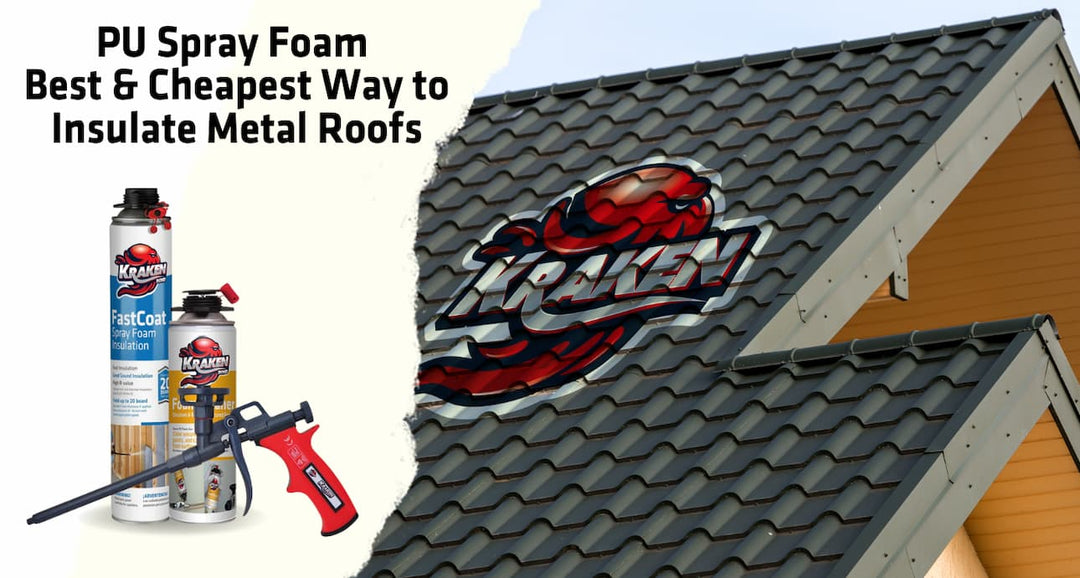
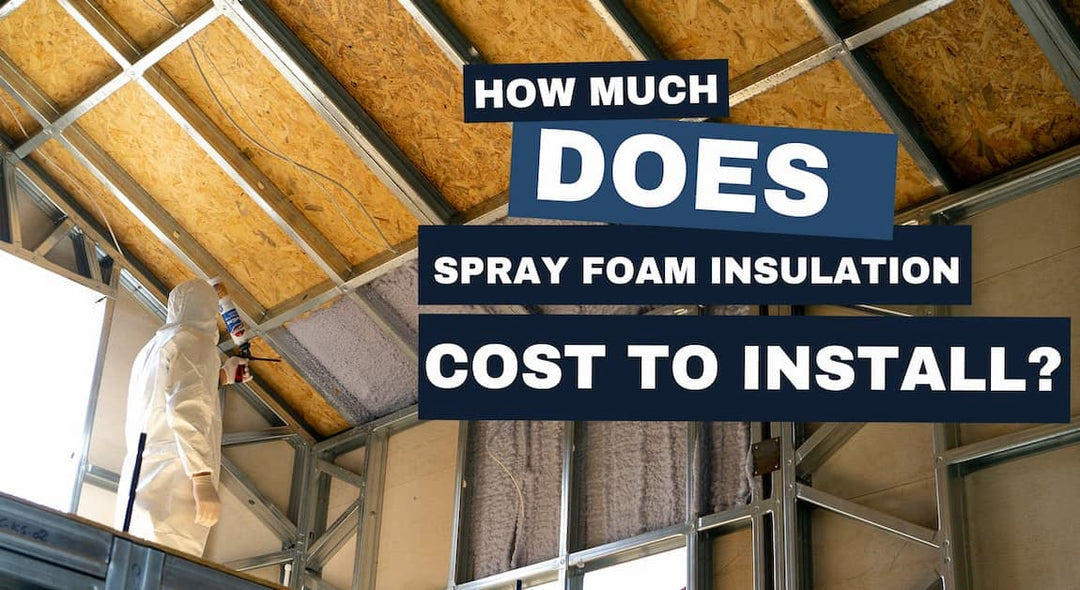

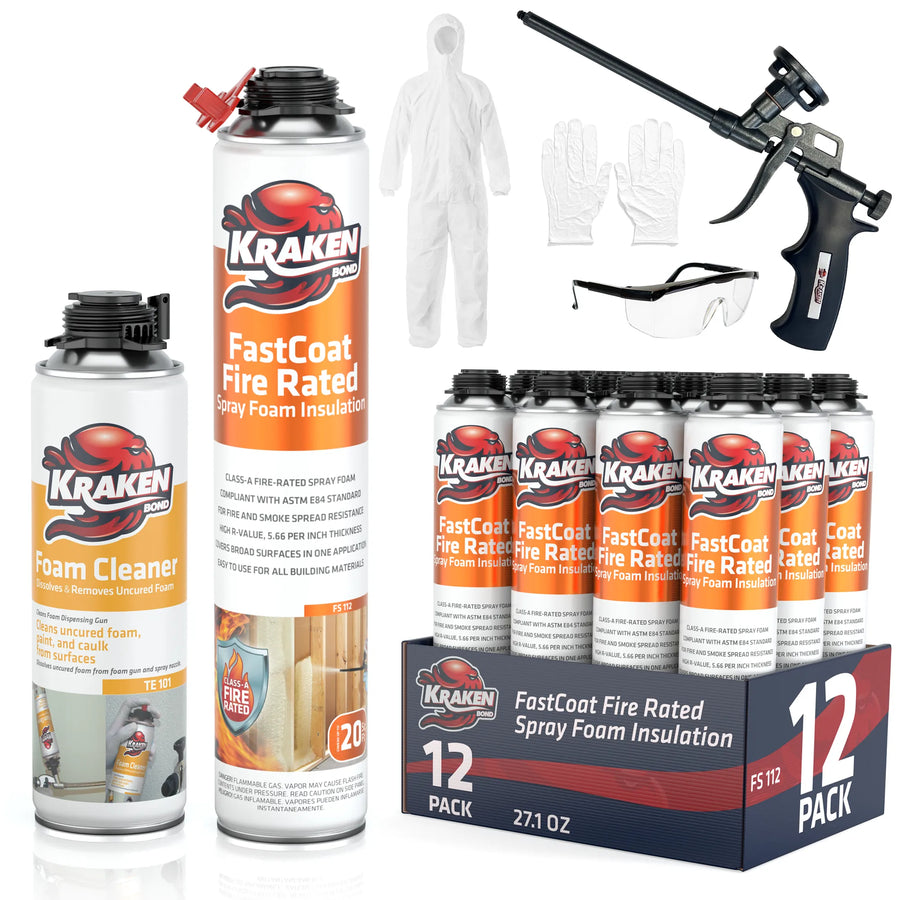






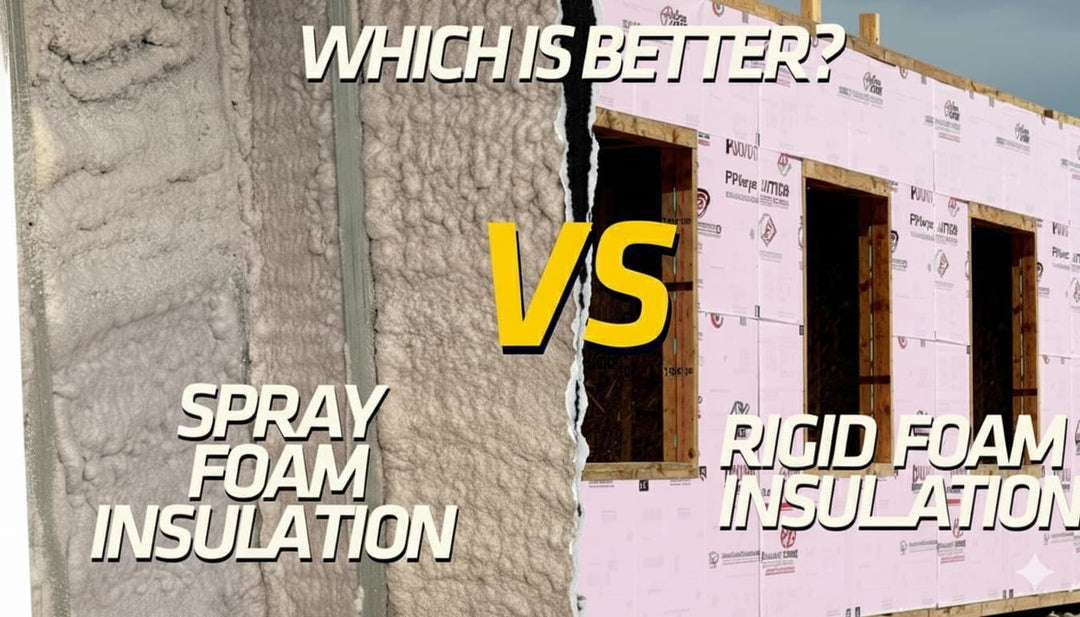
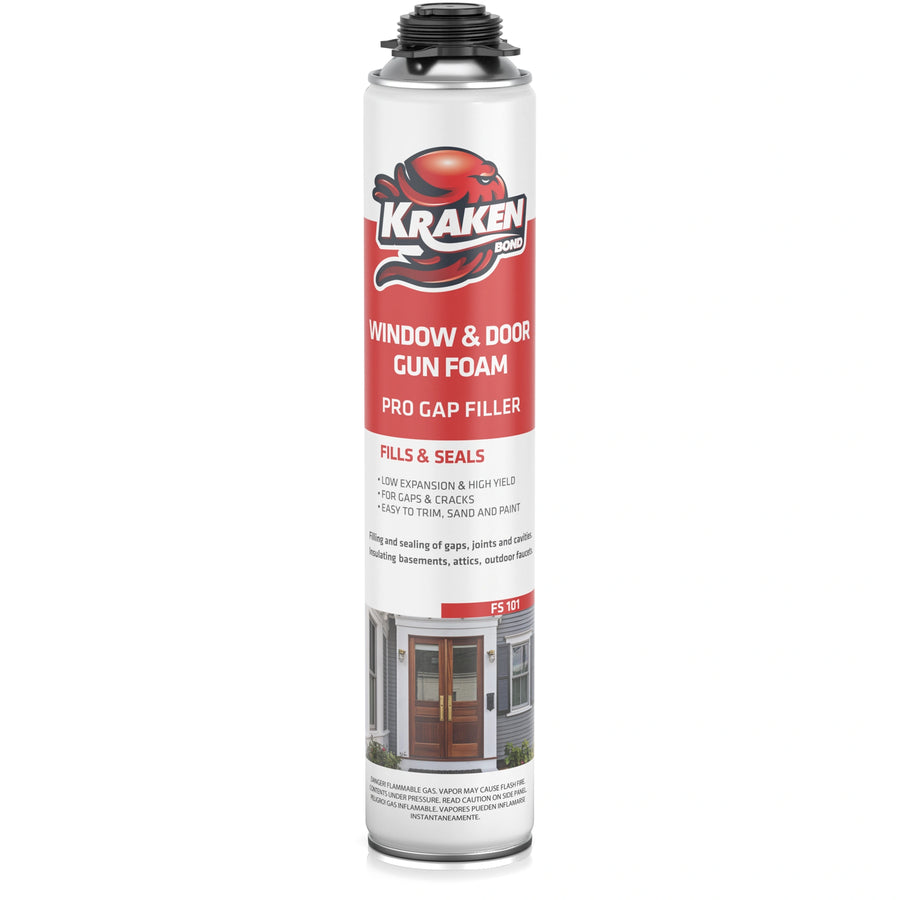
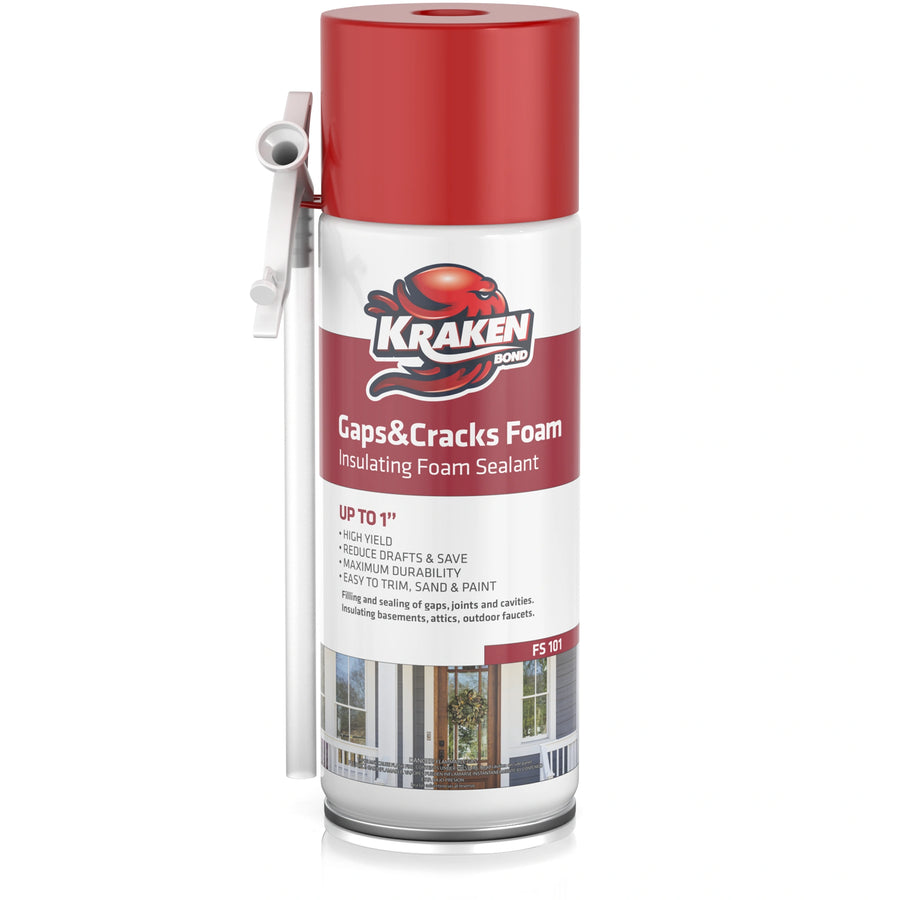
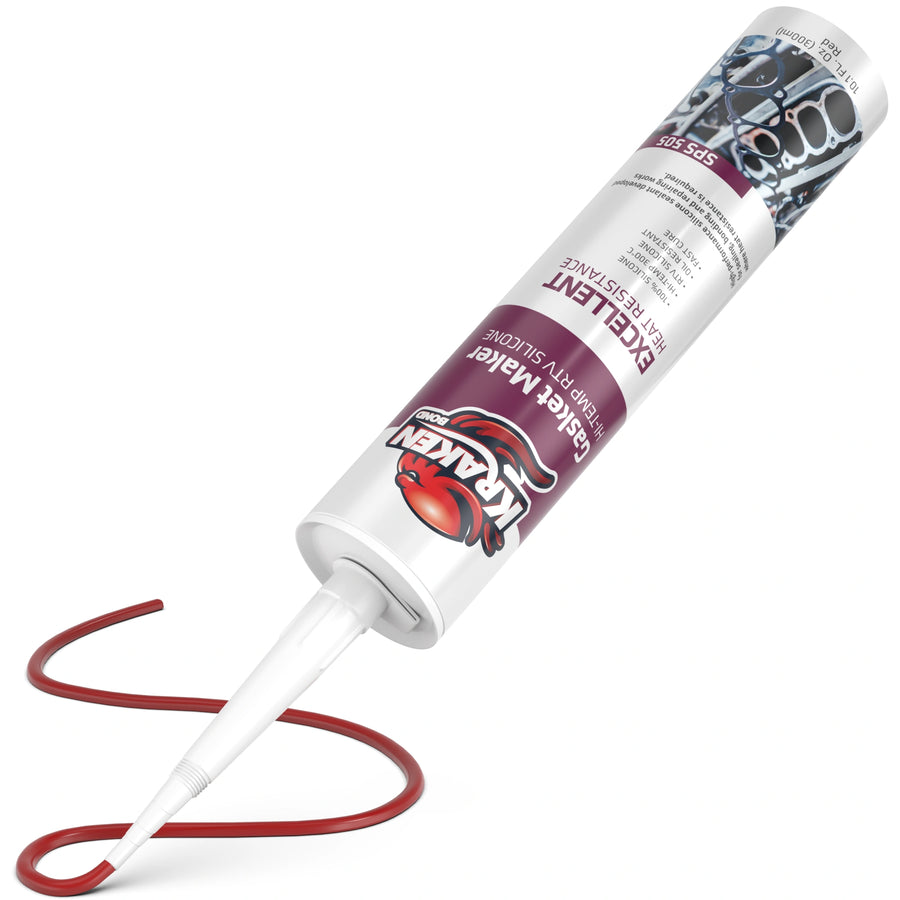
Leave a comment